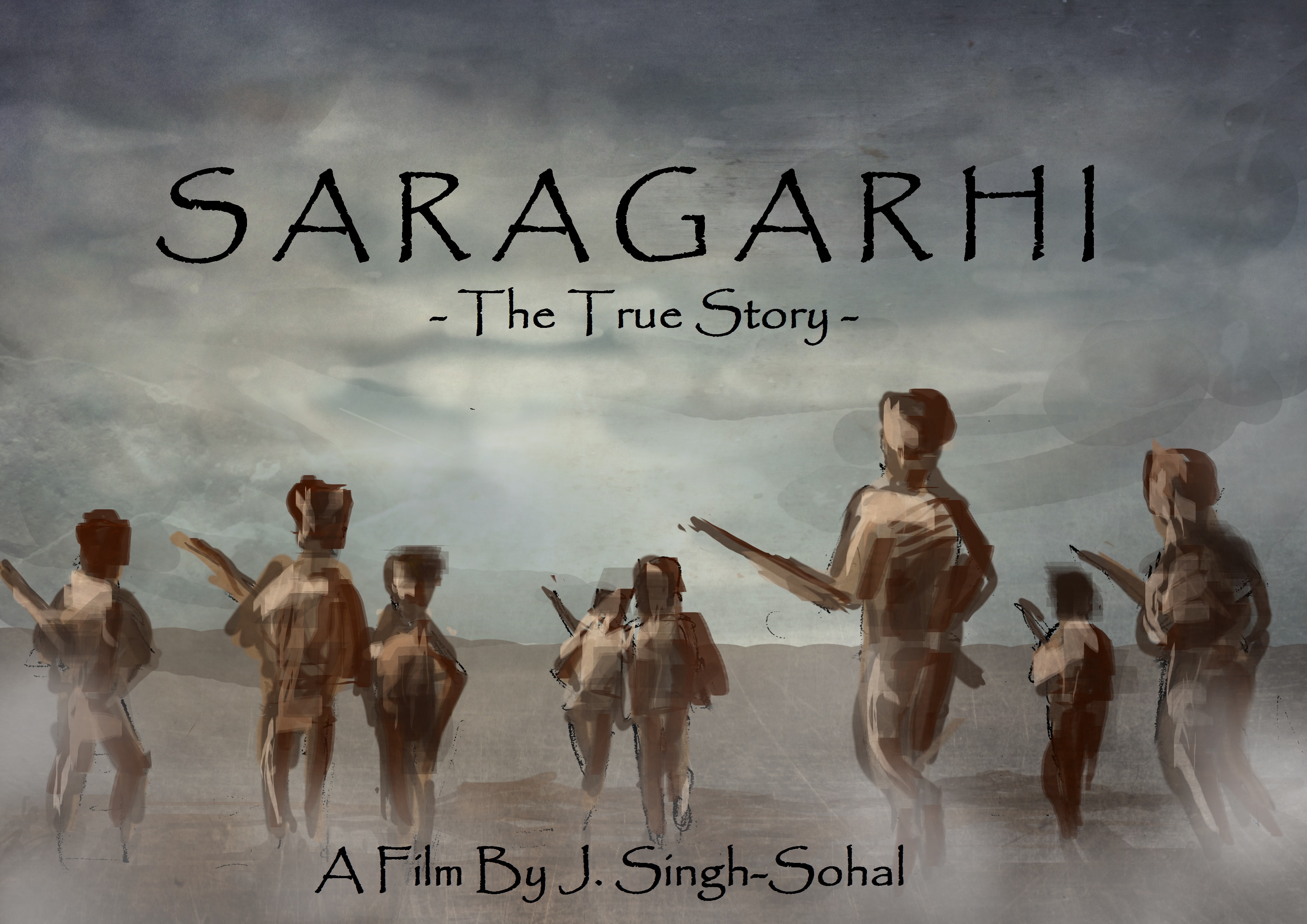Saragarhi in 2017
Leave a CommentWhat a year 2017 has been for this project and our longstanding efforts to narrate the story of Saragarhi to mainstream audiences.

In January, we began the year with a special meeting with HRH The Prince of Wales (pictured) where we shared the story of Saragarhi and how the British Army are succesfully utilising this shared Anglo-Sikh heritage to engage with Indians in the UK.
In February, we began filming for the “Saragarhi: The True Story” documentary, with several shoots in India (further details here).
March brought special recognition for our director and filmmaker, J. Singh-Sohal, who was awarded a prestigious Sikh Jewel Award by the Defence Secretary at a glamorous gala for all his efforts over the past several years with this project (further details here).
In April we worked alongside renowned artist Raj “Pentacullar” Tattal to produce a special edition artwork of the battle of Saragarhi.
In May, we continued our filmmaking efforts and were thankful to connect with a heliography expert who explained to us how the signalling device was utilised by the Sikhs at Saragarhi.
June saw speaking engagements about the battle in Leicester and in Southall.
July and our filming working for the documentary in Pakistan led to the rediscovery of the grave of Lt Col John Haughton, the commander of the 36th Sikhs, in Peshawar.
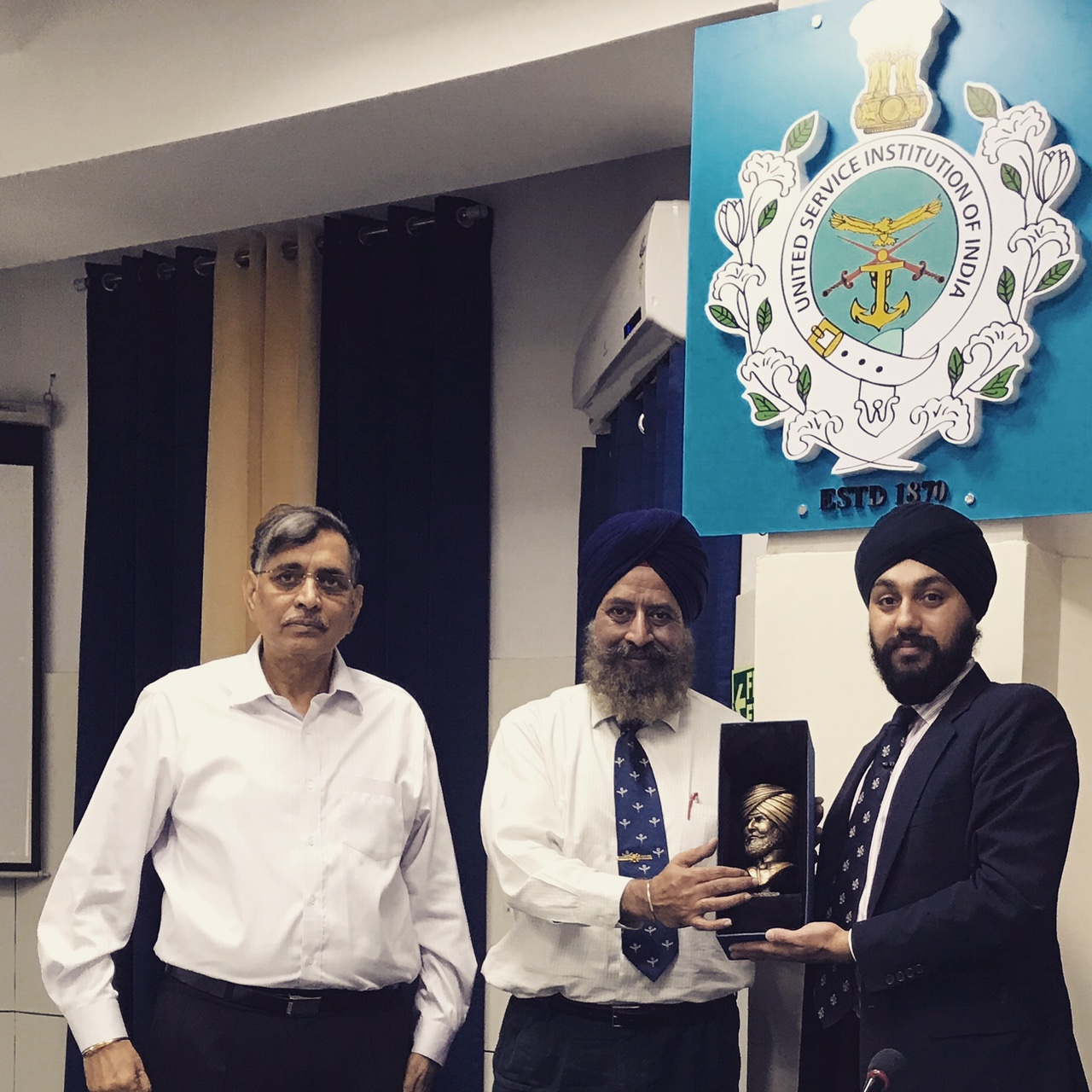
In August we visited New Delhi (pictured) where J. Singh-Sohal delivered a special talk and teaser of the Saragarhi film to veterans and historians at the prestigious United Services Institute.
September marked an historic ‘Saragarhi Day’, the 5th year that the event has been hosted by the British Army in the UK, at the National Memorial Arboretum, the guest of honour was Sri Guru Granth Sahib ji, the eternal Guru of the Sikhs. Our film Saragarhi: The True Story also had it’s world premier at the event before being broadcast on KTV.
October and we continued our tour of the film with a special screening in Birmingham.
November saw screenings in London (Nehru Centre) and California, before an historic moment in the British Parliament with a screening and a standing ovation by Paliamentarians, the British Army and community represents in honour of the 21 at Saragarhi (pictured).
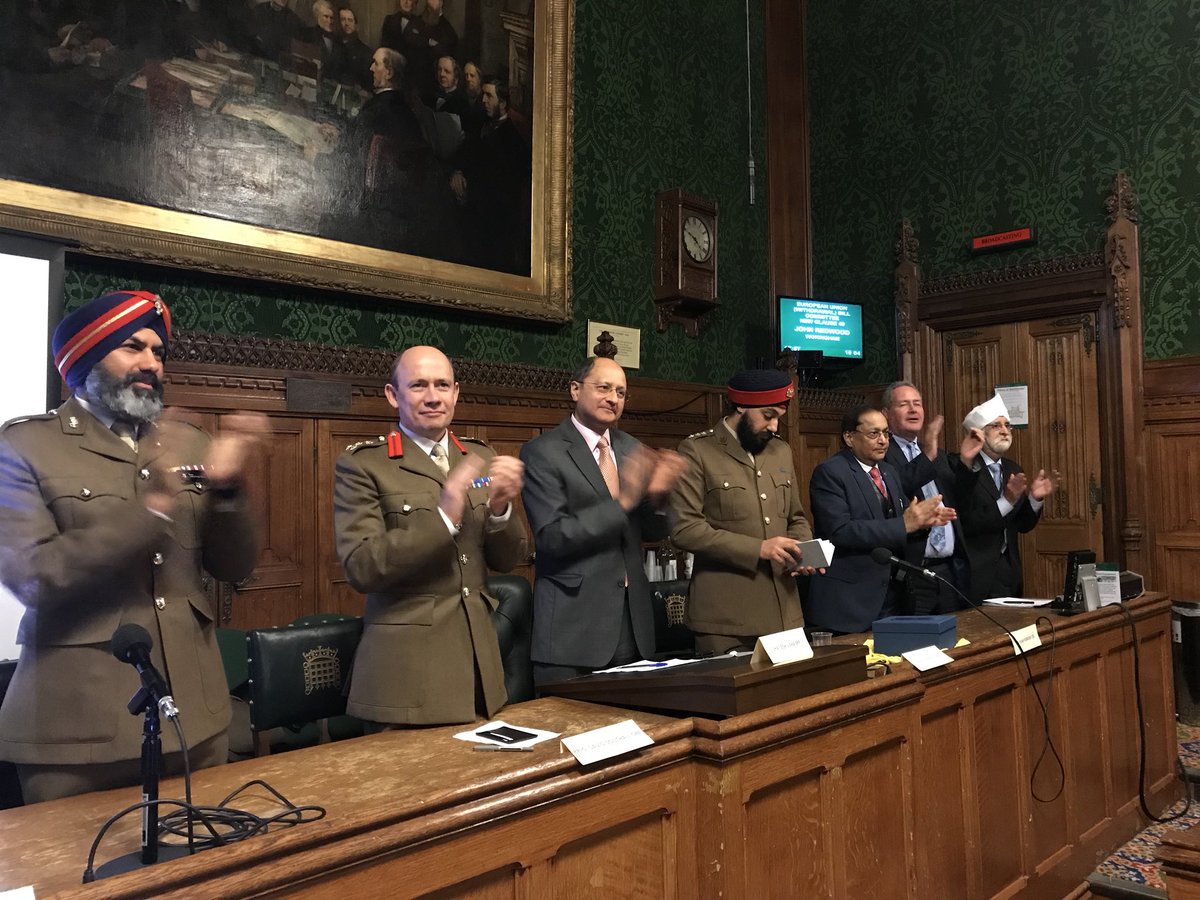
And we ended December with a screening in New York City, at the Sikh Arts Film Festival; and in Punjab hosted by the Maharaja of Kapurthala.
Throughout 2017 we endeavoured to share our journey with our audience through the groundbreaking “Saragarhi Live” Facebook Lives and regular blogs on this site.
In 2018, we will continue the year with special screenings and engagement with key audiences, details to be announced. Thereafter we’ll likely take a hiatus as we prepare for our next exciting project!
We thank you for all your support and good wishes this year – and hope you are also inspired to help tell the story of Sikh bravery and valour.
All the best for the New Year! May it be a blessed one!
DHP.
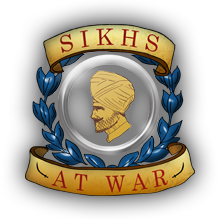



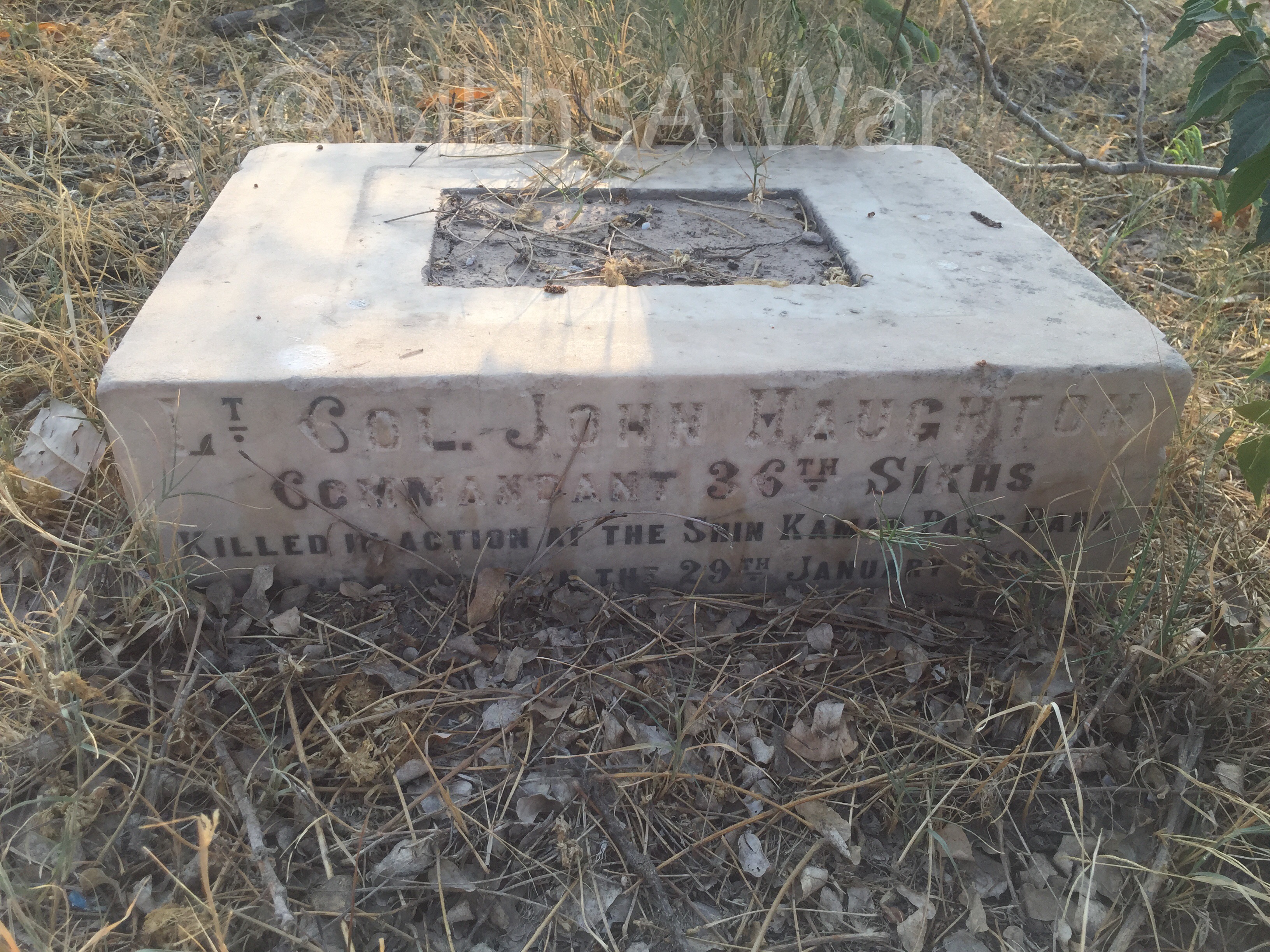
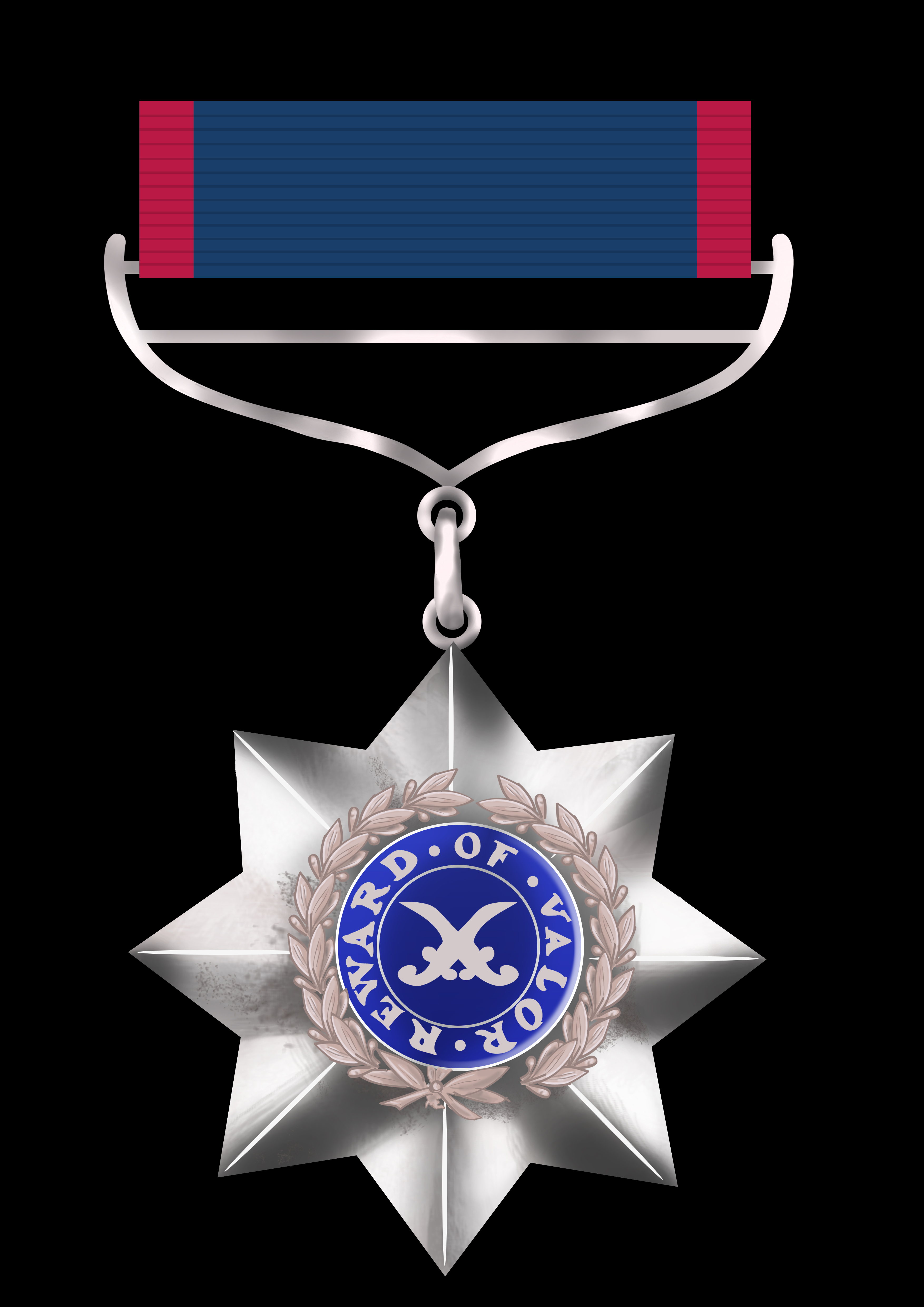 This blog post serves to act as a clarification on the issue of whether the 21 Sikhs at Saragarhi were actually awarded the Indian Order of Merit (IOM), at the time in 1897 the highest award of gallantry available to native Indians (the Victoria Cross legibility changed in 1911).
This blog post serves to act as a clarification on the issue of whether the 21 Sikhs at Saragarhi were actually awarded the Indian Order of Merit (IOM), at the time in 1897 the highest award of gallantry available to native Indians (the Victoria Cross legibility changed in 1911).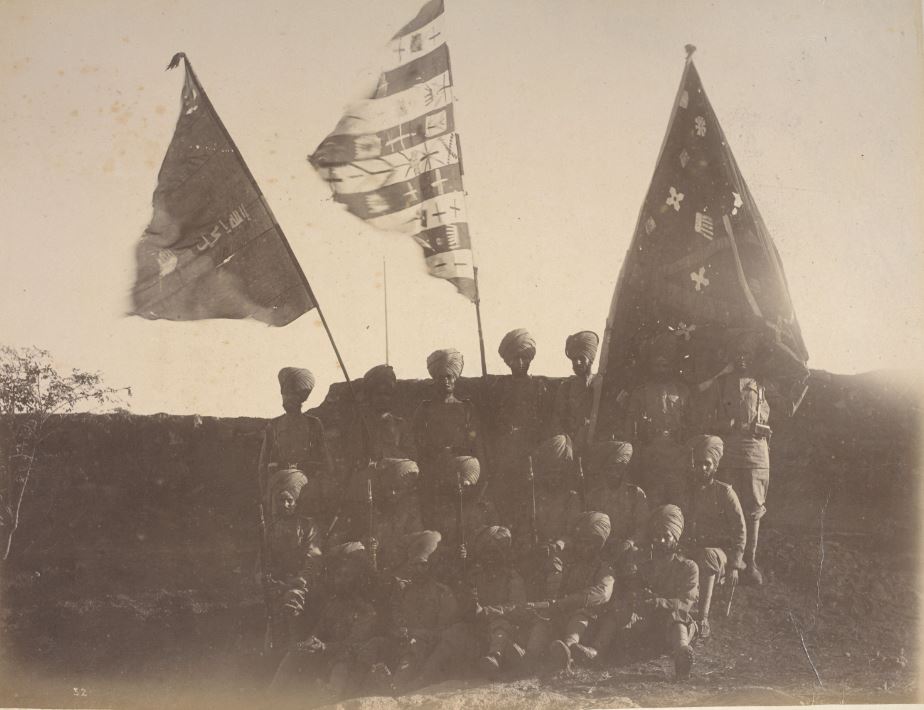 Finally, the 36th Sikhs regimental history tells us that 35 IOM 3rd class medals were awarded to soldiers of the 36th Sikhs. This was for their heroism during the defence of all the Samana forts, and is in fact the largest issue of the IOM for a single battle or action. These medals still exist in private collections.
Finally, the 36th Sikhs regimental history tells us that 35 IOM 3rd class medals were awarded to soldiers of the 36th Sikhs. This was for their heroism during the defence of all the Samana forts, and is in fact the largest issue of the IOM for a single battle or action. These medals still exist in private collections.
 But a tragic event struck on 27 November 1897, two months after the events at Saragarhi. A detachment of 36 soldiers (led by Subadar Dewa Singh) lost its way to Kurman, in the Kurram Valley and was ambushed by the enemy. “The small force put up a gallant defence against superior odds and preferred heroic death to surrender*.”
But a tragic event struck on 27 November 1897, two months after the events at Saragarhi. A detachment of 36 soldiers (led by Subadar Dewa Singh) lost its way to Kurman, in the Kurram Valley and was ambushed by the enemy. “The small force put up a gallant defence against superior odds and preferred heroic death to surrender*.”








